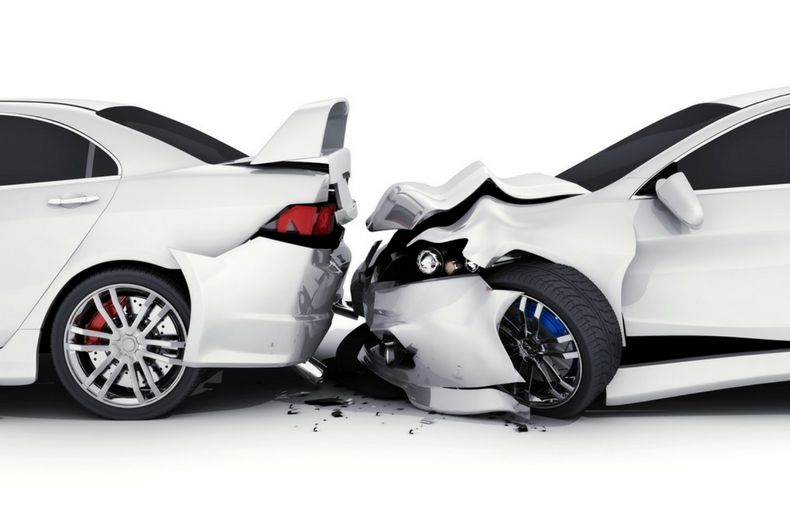The emergency breaking system uses radars and cameras to detect hazards in the road ahead. If a hazard goes unnoticed by the driver the computer system determines whether to apply the brakes.
Thatcham Research analysed data from ‘killed or seriously injured’ (KSI) accidents across 18 major UK cities in 2016.
READ MORE: Autonomous Emergency Braking: what you need to know
The research found that in 24% of incidents, the point of impact during the collision was at the front of the vehicle.
With 90% of all accidents on the road found to be caused by human error, Thatcham says the introduction of advanced safety systems such as AEB could greatly reduce the effects of such crashes.
Its head of research, Matthew Avery, said: “The radars and cameras which AEB relies on are always watching the road ahead. Whether we like to admit it or not, we are fallible behind the wheel and over 90% of accidents are a result of human error.
“This is why AEB will eventually be recognised as one of the most important safety innovations in modern history.”
READ MORE: Top 10 safety features modern cars should have as standard
Road safety campaigners, including the charity Brake, have called for AEB to be fitted as standard on all new vehicles.
It is currently only fitted as standard in Volvo and Land Rover vehicles.
While other manufacturers offer AEB systems at an additional cost, Ford and Vauxhall were found to only offer AEB across 7% and 14% of their ranges respectively.
A spokesman for Brake said: “Every road death and serious injury is a preventable tragedy, affecting the lives of individuals, families and communities across the UK.
“Brake has long called for AEB technology in all new vehicles and that is because it is proven to save lives. The government must listen to these findings and mandate AEB, helping put a stop to the daily devastation seen on UK roads.”






